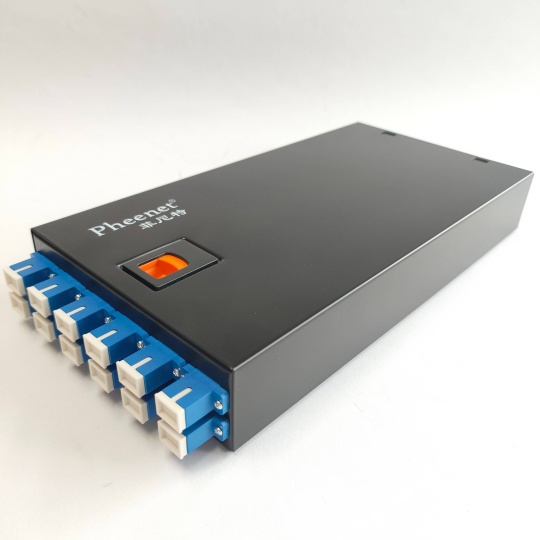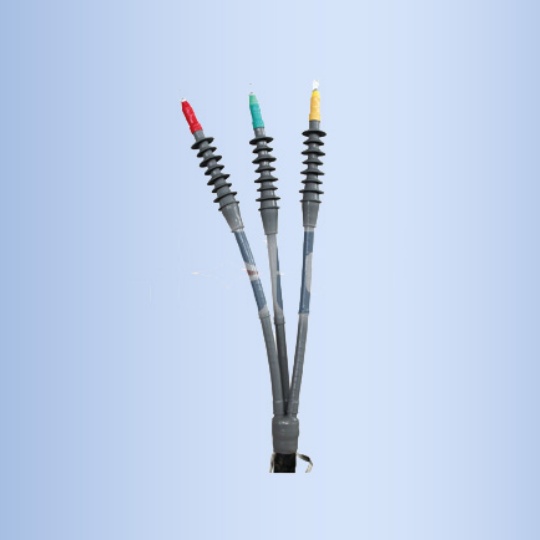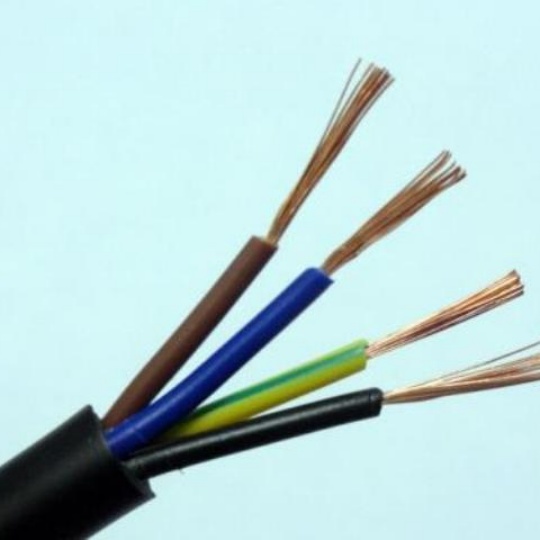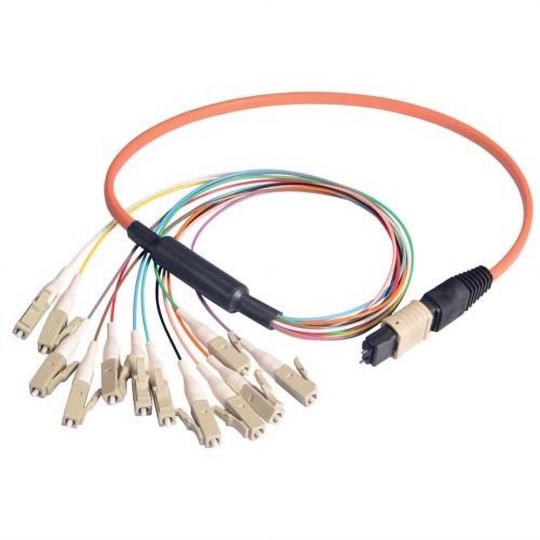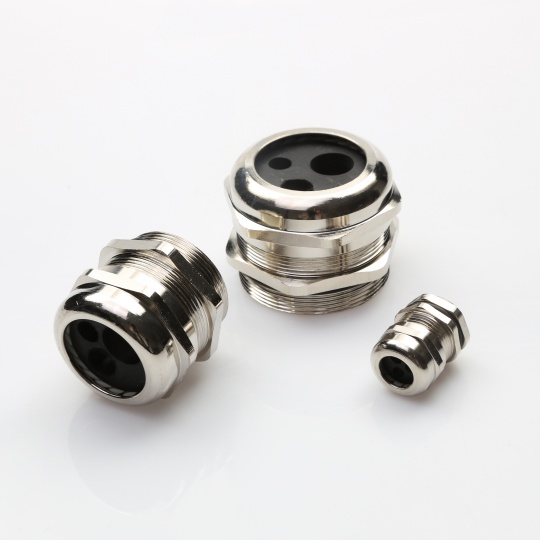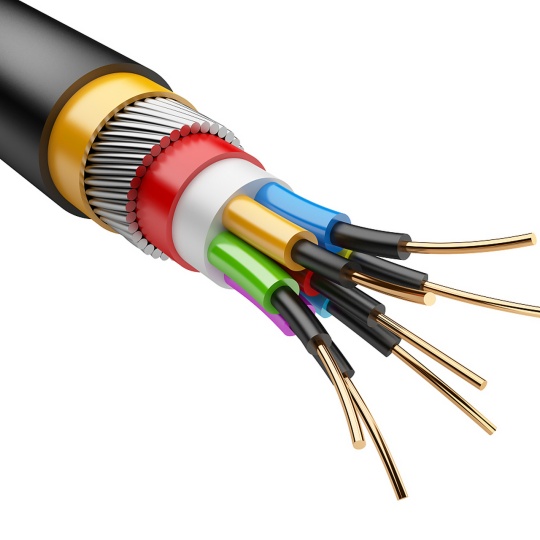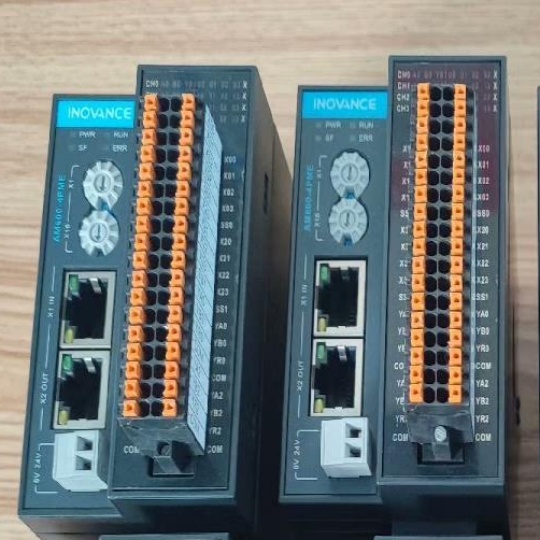How to Choose UL-Certified Industrial Cable Assemblies
Industrial cable assemblies are critical components in manufacturing, automation, and heavy machinery. Choosing the right ones—especially those certified by Underwriters Laboratories (UL)—ensures safety, reliability, and compliance. This guide breaks down how to select UL-certified industrial cable assemblies effectively, addressing common concerns and offering actionable advice.
Why UL Certification Matters
UL certification is a globally recognized mark of quality and safety. For industrial cable assemblies, it guarantees:
- Compliance with Safety Standards: UL tests products for fire resistance, electrical performance, and durability under extreme conditions.
- Reduced Risk of Failures: Certified assemblies meet rigorous stress tests, minimizing downtime and hazards.
- Regulatory Acceptance: Many industries and regions mandate UL certification for legal operation.
6 Steps to Choose the Right UL-Certified Cable Assemblies
1. Verify the UL Certification Authenticity
Not all “UL-listed” claims are valid. Confirm certification by:
- Checking the UL Online Certifications Directory (UL Solutions’ Certification Database).
- Looking for a UL holographic label or unique manufacturer-specific UL file number on the product.
- Avoiding suppliers who can’t provide a UL certification document.
2. Match the Application’s Environmental Needs
Industrial environments vary widely. Ensure the assembly withstands:
- Temperature Extremes: Check the operating range (e.g., -40°C to 105°C).
- Chemical Exposure: Opt for oil-resistant or UV-stable jackets if needed.
- Mechanical Stress: Prioritize abrasion-resistant materials for high-vibration areas.
3. Review Technical Specifications
- Voltage and Current Ratings: Ensure the assembly handles your system’s power requirements.
- Shielding: Choose EMI/RFI-shielded cables for sensitive electronics.
- Connector Compatibility: Verify connectors (e.g., M12, RJ45) match your equipment.
4. Assess the Manufacturer’s Reputation
- Look for suppliers with a proven track record in industrial applications.
- Check reviews, case studies, or ask for client references.
- Prioritize manufacturers offering customization for unique needs.
5. Understand UL Standards Specific to Your Industry
UL certification varies by application. Common standards include:
- UL 2238: For industrial control panels.
- UL 1277: For power and tray cables.
- UL 444: For communications cables.
6. Test Samples Before Bulk Purchase
Request samples to validate performance in real-world conditions. Test for:
- Flexibility and bend radius.
- Signal integrity under load.
- Long-term durability in your facility’s environment.
Common Mistakes to Avoid
- Ignoring Total Cost of Ownership: Cheap, non-certified cables may lead to costly failures.
- Overlooking Future Scalability: Choose assemblies that support potential system upgrades.
- Assuming All UL Certifications Are Equal: Confirm the certification aligns with your specific use case.
FAQs About UL-Certified Cable Assemblies
Q: Can I use non-UL-certified cables temporarily?
A: Avoid this—non-certified assemblies risk safety violations and equipment damage.
Q: How often should UL-certified cables be inspected?
A: Follow the manufacturer’s guidelines, but annual inspections are recommended for harsh environments.
Q: Are UL and CSA certifications interchangeable?
A: While similar, UL (U.S.) and CSA (Canada) have regional differences. Ensure compliance with local regulations.


